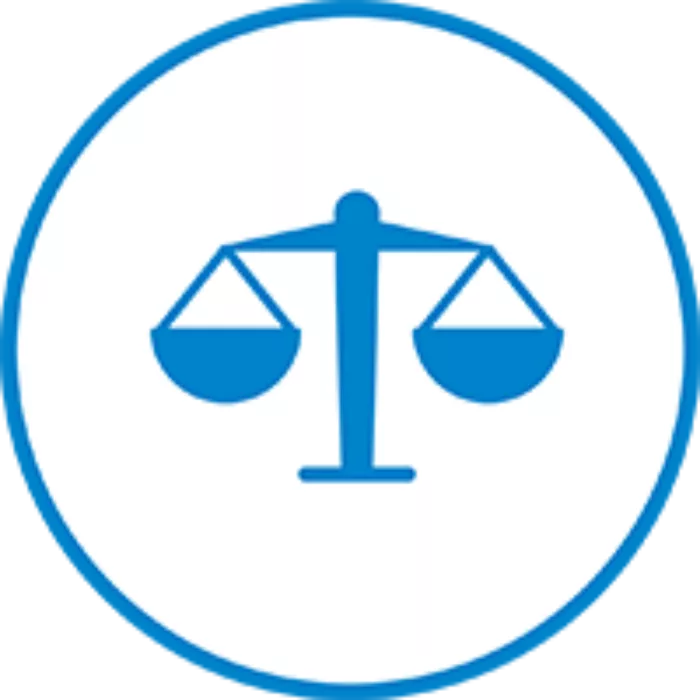Activity: Visualize and Build a Prototype
Now that you’ve selected a solution to solve your problem of practice, it’s time to build out the details by creating a prototype, or testable model of your solution.
The prototype will allow you to get feedback on the idea and pilot it with a small group of stakeholders (e.g., students, teachers, parents, and/or classified staff). For instance, if your solution was a new system for student-led conferences, your prototype could be an agenda for what those conferences might look like.
It can be tempting to build out a complete, complex prototype, but it is important to keep it simple. A simpler prototype is more conducive to getting quick stakeholder feedback and to actually testing the concept in a “bite-sized” way, allowing you to learn what is and is not effective in the prototype to iterate as needed.
Steps to Implementation
Suggested time: 2 hours
- Gather your team in a room (in-person or virtual) with access to a chalkboard or a digital alternative, such as Google Jamboard; make sure your team has selected a solution to your problem of practice.
- Given your solution, decide as a group what your prototype could look like or include.
- For example, if your solution is about standards-based grading, you may choose to prototype a new grading rubric.
- For example, if your solution is about a new classroom schedule for more individualized student support, you may choose to prototype a new lesson plan.
- Next, brainstorm a definition of success for your prototype. Ask, “What do we believe will lead to our prototype design and content being most successful?” Document ideas on a chalkboard or Jamboard.
- For example, if you are designing a new grading rubric, you might define success for your prototype as being standards-aligned, using student-friendly language, and allowing for flexibility for teachers.
- Then, build the prototype. Your team may work as a full group or you can break into small groups to design several prototypes. Use the templates below for building a prototype; choose the template that aligns best with the format of what you are trying to create (e.g., a visual of a new grading rubric is likely obvious, but a storyboard might also help demonstrate how students experience using it).
- Storyboard
- Rapid Prototyping
- Get Visual
- Roleplay
- If you break into small groups to create several prototypes, you will need to decide between the options (or take the best aspects of each option to create a final version). One way to do this is to:
- Have each individual read each prototype and add a “+1” to indicate aspects that they like.
- Take time for group discussion; make real-time updates to the prototype(s) as you discuss:
- Which parts of each prototype did we like?
- Was there one prototype that was a clear winner? How could we combine the best parts of each prototype into a new version?
- How well does the prototype align to our definition of success?
- Where can we make final improvements or updates?
- If you created one prototype as a group, take time for group discussion; make real-time updates as you discuss:
- How well does the prototype align to our definition of success?
- How well does the prototype align with our original problem statement?
- Where can we make final improvements or updates?
- Together, finalize your prototype.
- Consider getting interim feedback on this prototype by picking a handful of people to share the prototype with, and prioritize getting feedback from the stakeholders you included earlier in this process. As a team, commit to how you will collect and incorporate additional feedback.
- Next, you will plan and execute a pilot – or test – to put your prototype in action.
This activity was inspired by the Create a Prototype step of IDEO’s Design Thinking for Educators. The specific protocols for building a prototype (Storyboard, Rapid Prototyping, Get Visual, Role Play) are IDEO’s method cards.
This strategy is a part of TLA's Real-Time Redesign release, a practical toolkit for improving equity and resiliency in schools. Explore the full guide to find additional strategies, insights, and resources.

Ensuring Equity & Resiliency
In this activity,
- Equity looks like building your prototype with a focus on how your model will better meet the needs of each student in your system, especially those included in the empathy interview process. Equity also looks like sharing your prototype with students, families, teachers, and classified staff for feedback – and then implementing changes based on that feedback. To maximize stakeholder input, co-design the prototype with the students, families, teachers, and classified staff you interview.
- Resiliency looks like building a prototype that is clear and simple enough to be replicated and changed - especially based on quick stakeholder feedback. You may even look for ways to explicitly build flexibility and adaptability into your prototype (for example, through student choice).
Featured Artifact
Activity: Visualize and Build a Prototype
PDF version of Activity: Visualize and Build a Prototype Learn More


